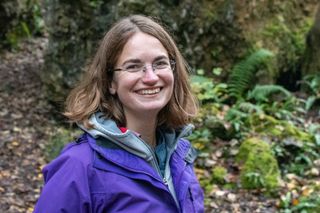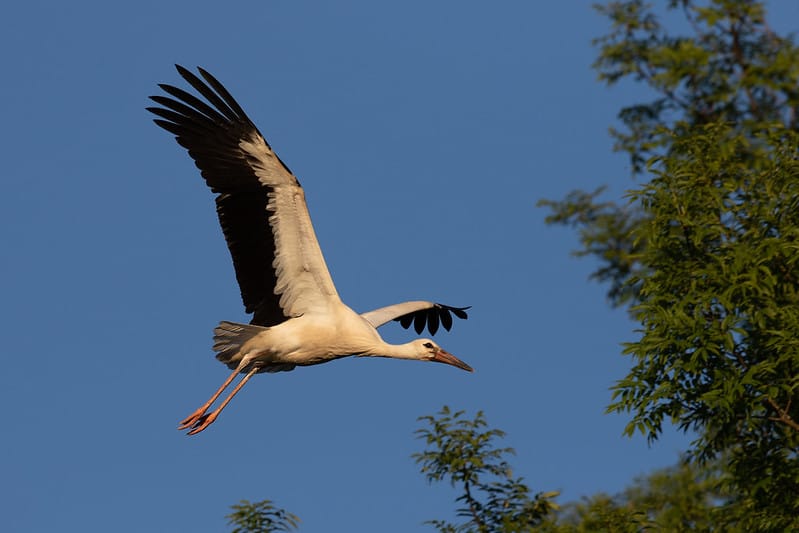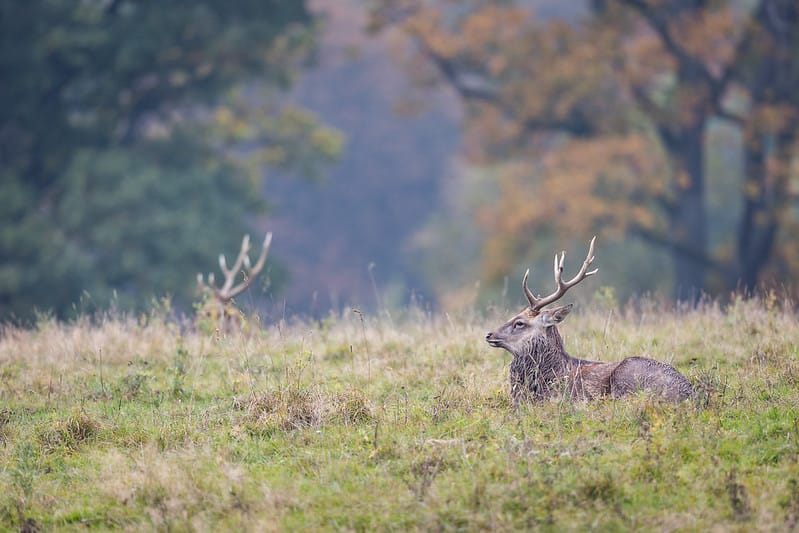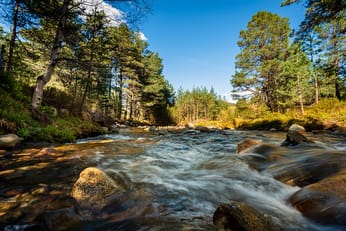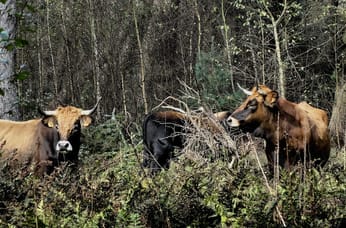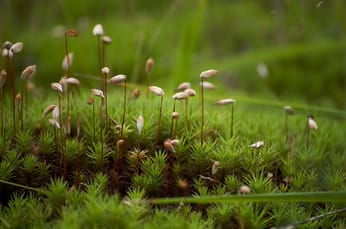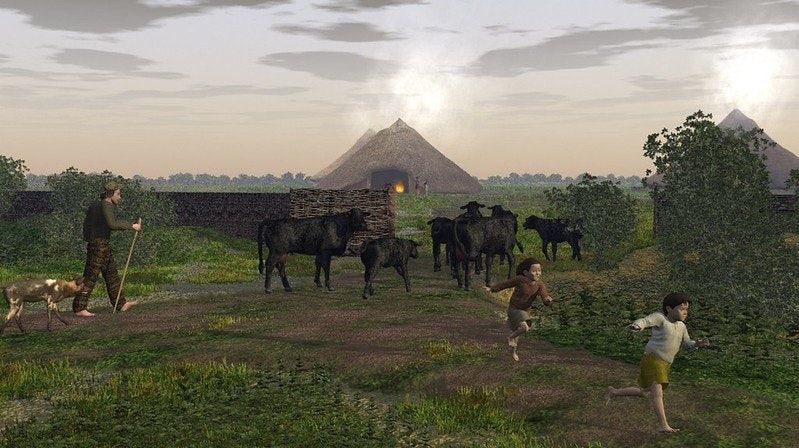
What did Somerset sound like 2,000 years ago?
A new recording creates a vortex to a wilder world.
What did the Somerset Levels sound like in the Iron Age?
It’s a soundscape that is lost to the modern ear. That abundance, the diversity of species, the absence of humanity’s thrum, cannot easily be recovered. Yet, using computers and historical records, ornithologist Joseph Monkhouse has given it his best shot.
Listen here:
The video is set 2,184 years ago in the vast wetland wilderness that existed before the land was drained for agriculture – a mosaic of shallow water, wet woodland and reed swamps. Into this scene, Monkhouse has woven an intricate tapestry of birdsong, bringing this lost landscape back to life.
“The rewilding movement has opened my eyes to what Britain was like in the past, and what it could be again,” said Monkhouse. “I find myself wandering around, looking at landscapes, and imagining what it was like before.”
The recording is composed of 73 birdsongs, layered to create a soundscape that is both rich and diverse, like hearing an orchestral symphony after a life spent listening to string quartets.
Listening to the recording is a discombobulating experience; sounds foreign and familiar interlace, creating the sensation of a memory that’s difficult to place. As a camera pans the digital scene, certain calls pierce the background noise, culminating in a guttural mooing that I mistook for a herd of cows, but that was actually a flock of Dalmatian pelicans – a species now extinct in Britain.
“It was about conveying the density of it,” says Monkhouse, who was influenced by his time abroad – he spent four summers working as an ornithologist in Indonesia and has also recently traveled to Poland’s primeval Białowieża forest. “I just couldn’t believe how loud it was, and how many different species were singing at the same time.”
The six minutes of sound comprise species that are variously common, rare, and extinct in modern England’s wetlands. The bass of a booming bittern runs through the track; there is a white-tailed eagle and an osprey; and a variety of songbirds and waders.
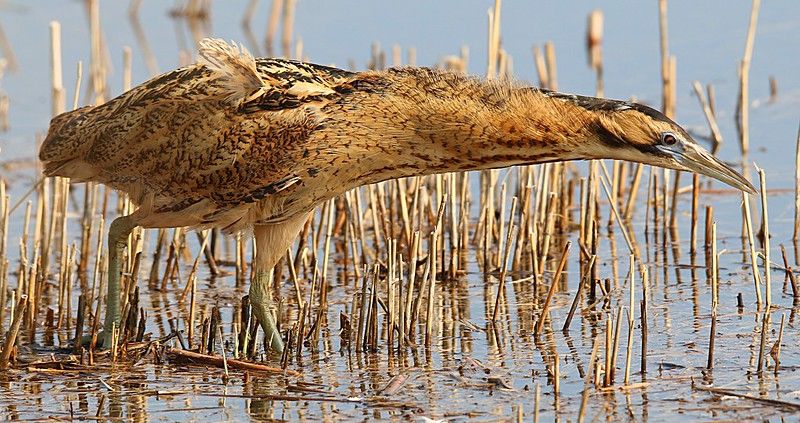
Some species were chosen because their bones appear in archaeological remains, excavated from the human settlements discovered in the Somerset Levels during the late 19th century. The peatland environment means that the remains of meals have been preserved excellently; archaeologists have unearthed the bones of pelicans, ducks, swans – and even what appears to be an unbaked honey cake.
The fragile bones of songbirds, however, are more apt to vanish under the pressures of time, and so Monkhouse had to turn to modern equivalents to construct the soundscape. “Small passerines exist in every wetland in Europe and there’s no reason why they wouldn’t have existed back then. To not include them would leave a big gap in the soundscape,” he says.
Perhaps the least expected sound in this wild landscape is the chatter of people; it’s easy to forget that our ancestors lived among the pelicans. Yet, as the honey cakes and leftovers clearly demonstrate, humans were also a crucial part of the ecosystem in the Somerset Levels.
“I wanted them to be part of the landscape rather than jutting out. It was a period where people were living in symbiosis with the environment,” says Monkhouse, although he notes that some anthropogenic extinctions had already happened by this point.
Finding suitable recordings was a challenge. Originally, Monkhouse planned to use birdsong recorded in Britain – for the species that are still here, at least – but the pervasive sounds of motorways and planes meant that he had to look further afield. In the end, every single recording he used came from mainland Europe.
This isn’t Monkhouse’s first foray into lost soundscapes. Last year, he recreated an English meadow in 1901, before the agricultural intensification caused by the push for self-sufficiency after World War II. Monkhouse used texts like British Birds with their Nests and Eggs – a six-volume series published in 1896 – to reconstruct the species that would have thrived in the countryside at the turn of the century.
Next, he wants to recreate the sounds of an ancient woodland, a Mesolithic landscape and an Iron Age winter in Norfolk – the Somerset tape is set in the spring – with “colossal flocks of wildfowl coming down from Scandinavia”. He is also keen to imagine the sound of a future, wilder world “like London in 2070, with skylarks singing on green roofs and quiet electric cars.”
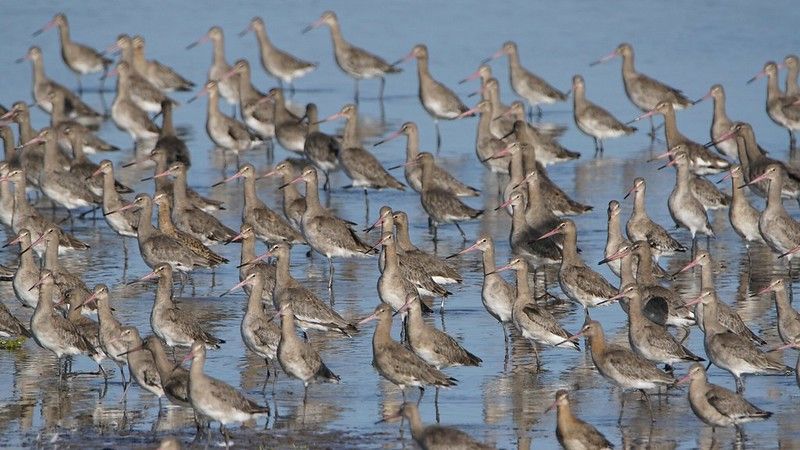
The rewilding movement could restore this ancient cacophony to the natural world, he says, although the precise harmony of the Iron Age has been irrevocably lost thanks to the environmental shifts of the past two millennia.
“Today, if they rewild it, it could certainly sound similar, but it would be a different composition of species due to climate change,” he says. “We’d have more Mediterranean species – egrets and ibises – and we’d lose probably some of the colder species that would have existed back then.”
Monkhouse hopes that bringing these historic ecosystems to life through sound can help people to realise how abundant nature once was – and how loud it could become again.
“Our lived experience only goes back one hundred years,” he says. “Even though species loss has happened quite quickly, in terms of a human lifetime it probably seems quite gradual. I find that people don’t realise quite how dramatic it has been.”
Image credits: Wessex Archaeology (yes, I know this is the wrong side of the country, but visual reconstructions of Iron Age Somerset are difficult to come by!), Nick Goodrum, Stephen Gidley
Subscribe to our newsletter
Members receive our premium weekly digest of nature news from across Britain.
Comments
Sign in or become a Inkcap Journal member to join the conversation.
Just enter your email below to get a log in link.

